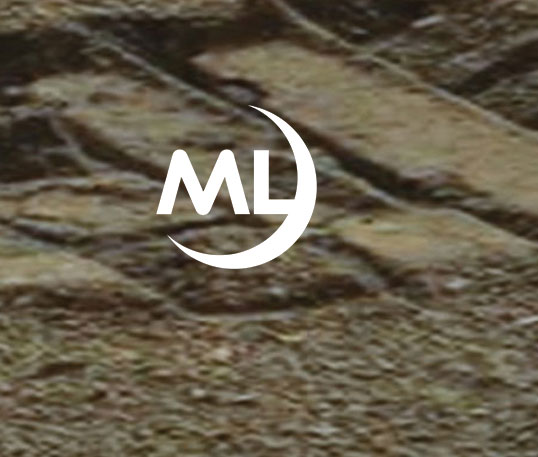New Organism
Following the discovery of the first organism, “Wurm”, in the shallow subsurface soil on Mars. Therefore an intense interest has evolved to attempt to understand the diversity of organisms living in these extreme environments. We concluded that Wurm and Arthropoda, are organisms thriving at 1.5 – 3.0 inch depths in palaeometeoric fissures which are estimated to be 3,500,000,000 – 4,000,000,000 years old. Protozoan and other organisms have been identified. Although, they are present in low numbers in this captured Mars rover picture. Characterization of the newly found different species on Mars. In this case, our findings suggest that many are opportunistic organisms in the subsurface soil. In effect, with an unknown origin due to recharge from the surface waters and subsurface soil leaching.
Exobiology implications
This is the first known study to demonstrate the in situ distribution of organisms in the fracture and fissure soil using picture documentation directly from NASA. Finally, the team used disturbed soil by the rover tracks to locate the largest number of samples. The discovery of a new group of organisms underground on Mars has important implications for the search for life on other planets in the solar system. These findings suggest that best scenario for sustaining life on Mars would be in the subsurface soil.
Extreme environments
The discovery of “Wurm” thriving in a fissure with water, which was neither extreme in temperature nor depleted of O2 concentration. We raised the question as to why only complex organisms were found.
Where it began
An extreme and relentless 12- year continuous-study campaign was executed on the surface of Mars. Namely, which focused on capturing other life forms from water flowing in fractures and subsurface soil. The modified Mars Exploration rover served to trap images for the Mars Life HD team.
Picture magnification
For the first time, digital picture technology was used to capture footage of the unique biosphere environment accessed via rover tracks. Where many organisms similar to “Wurm” reside inside the subsurface soil. This technique was extended to other areas on Mars. In that, the rover cameras could be used with the Rock Abration Tool (RAT) tool to churn up soil samples. As soon as (RAT) was deployed, an organism appeared mere inches away from the NASA – JPL rover. Our findings held up when we used an x 45 zoom magnification on NASA pictures on multiple SOL’s.
Chemical and microbial analysis of the fissure water, hydrated sulphates. Now that – evidence of past presence of liquid water concentration are present. Additionally, measuring and combining extensive control sampling by NASA. Not only, around fractures and subsurface soil water. In order to establish the indigenous nature of the specimens recently discovered on Mars.
Going underground
We had a limited amount of rover images containing tracks with increased soil distribution. By studying images from Curiosity, the Mars Life HD team noticed similarities between recently broken subsurface soil. We assert the discovery of a deep fissure organism, “Wurm”, which could be protozoan. We first visually reviewed It appears to promote an arbitrary separation of “animal-like“ form, “plant-like” existence, reminiscent of “primitive, or original animals”. Previous calculations of life on Mars, if any, indicated that food availability, not O2 or CO2, is a limiting factor for population growth. Picture footage shows two types of organisms growing in the soil and rock face. Furthermore, with a detailed picture collection of these organisms establishes that this site is where the organisms reside.
This would be subsurface life
The discovery of a complex group of interacting organisms in the subsurface soil indicates the biosphere on Mars. These findings suggest that best scenario for organisms sustaining life on Mars would be in located the subsurface soil.
